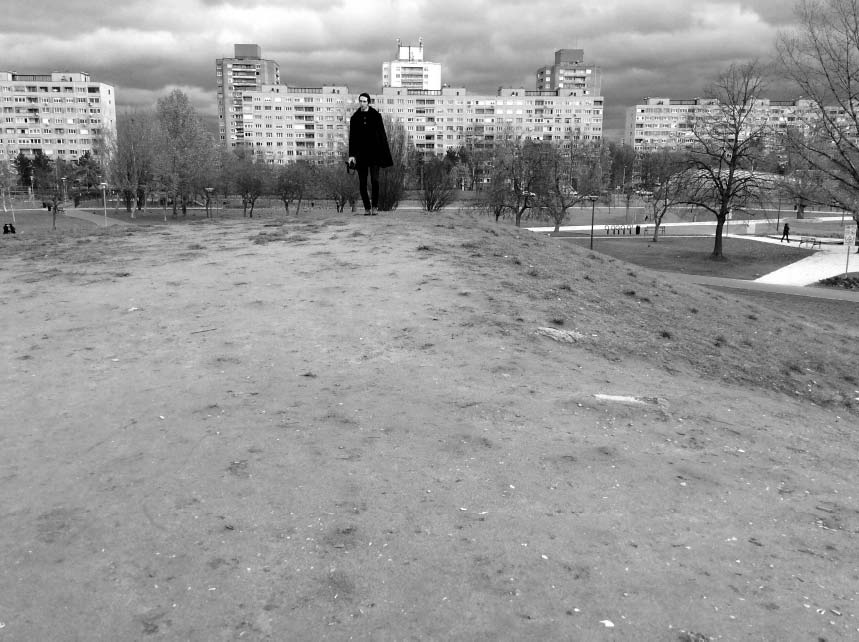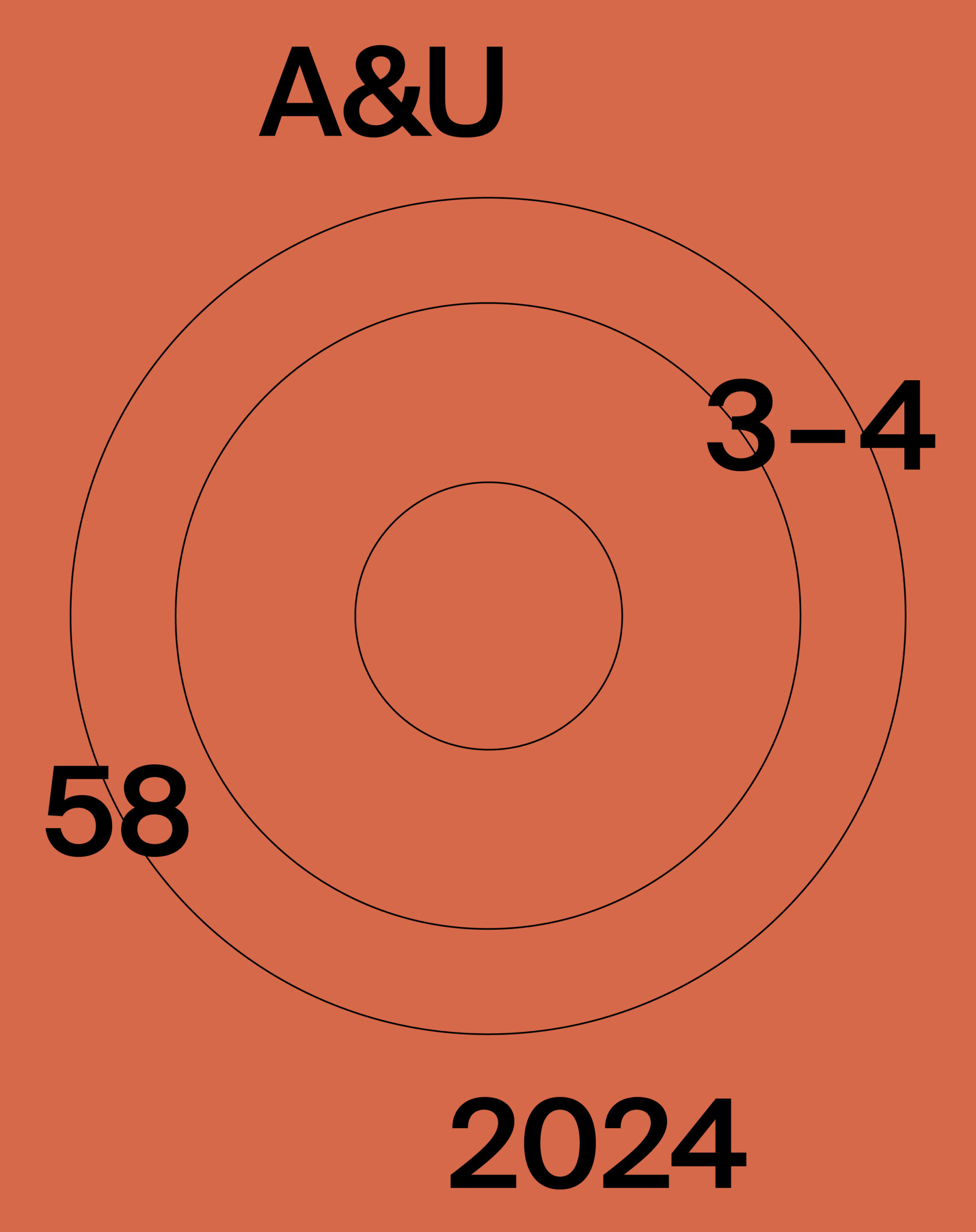he future of large prefabricated housing estates is one of the key problems of sustainable urban development in post-Communist countries. In Western Europe, there are only 1.8 million such flats; in the countries, however, which lie between the former East Germany and the Russian Far East, there are more than 53 million panel flats, inhabited by approximately 170 million people. As globalised products of 20th century urbanism, these housing estates have widely different lives thanks to their position in economic and human geographies (on the global, national, regional and local scales), and even due to their built-up and natural environments. The majority of studies on large prefabricated housing estates focus on their economic and social aspects; this paper, therefore, intends to approach the subject from the vantage point of the built-up environment, analyzing the urban planning and design solutions while also attempting to understand and re-evaluate this modern urban fabric. In post-Communist countries there is often no other housing choice, since the buildings themselves stand up well; this type of housing remains predominant for a long time. The estimated proportion of prefabricated housing to the national housing stock varies between 15 and 70 % in view of the various Communist housing policies (for example, only 20 % of overall housing stock in Hungary, but more than 65 % in Lithuania). Also, cities have a different “panel” ratio according their previous development policies (for example, 30 % in Budapest, 40 % in Prague, 50 % in Vilnius, and over 80 % in some industrial cities). Although large housing estates appear to be identical from an exterior point of view, their individual stories and futures are ever more divergent.This paper compares three concrete examples – at the EU, national, city, and estate levels – in order to make the differences plain. The comparison of case studies allows us the opportunity to define the common and various pasts of these locales, their global (international and Soviet) and local (national and city) factors of development, as well as their existence today, confronted with special challenges. The case studies represent three parallel post-Communist lifespans from three different corners of the European Union: firstly, the Žirmūnai Housing Estate in the Lithuanian capital Vilnius, which was one of the first large prefabricated estates to be built in the Union of Soviet Socialist Republics (USSR) at the end of the 1960s; secondly, the Havanna Housing Estate in the Hungarian capital Budapest, a result of the mass-production of the 1970s; and thirdly, one of the last housing estates to be constructed before the political and economic changes in the Democratic German Republic, Neu Ovenstedt in the city of Magdeburg. …

This work is licensed under a Creative Commons Attribution 4.0 International License.




